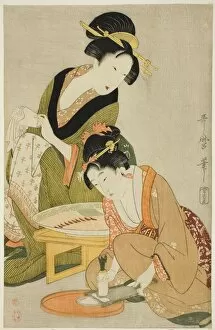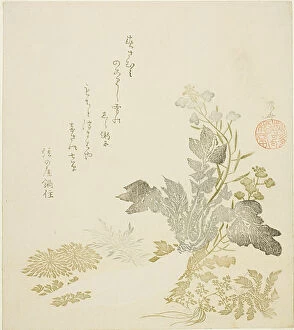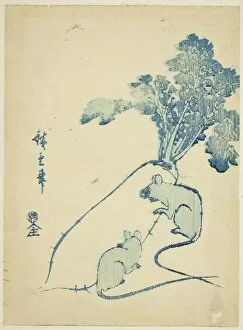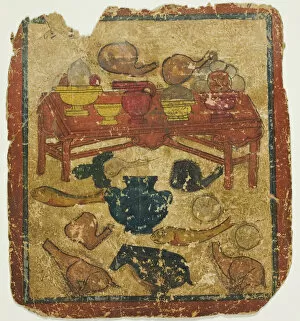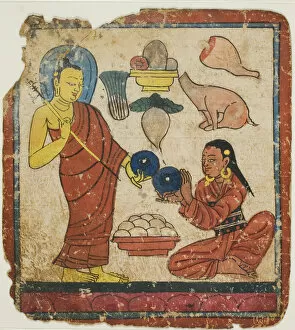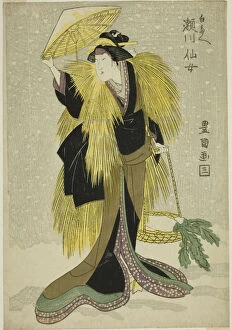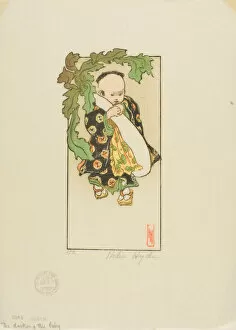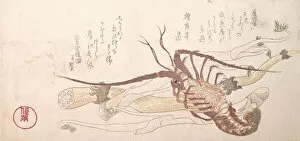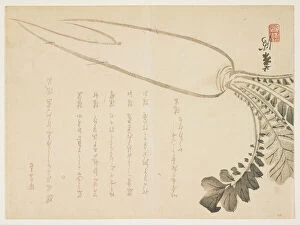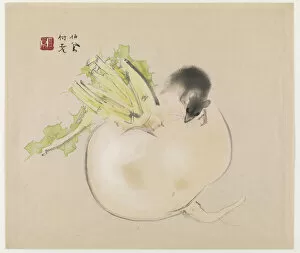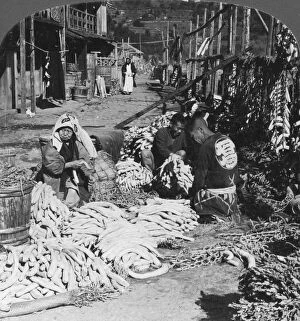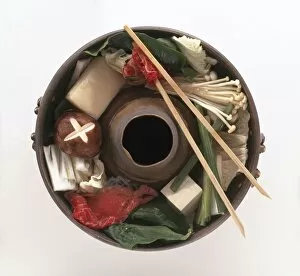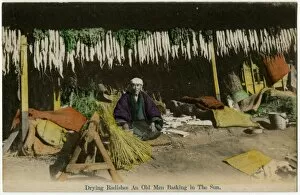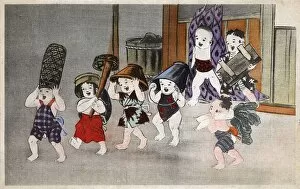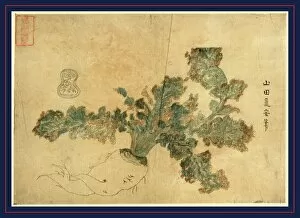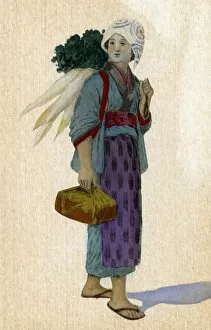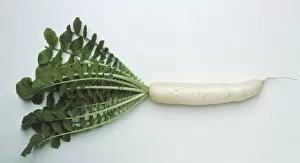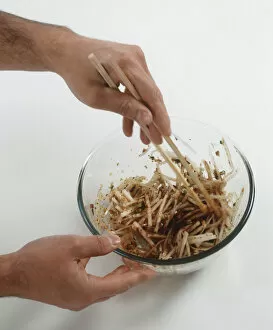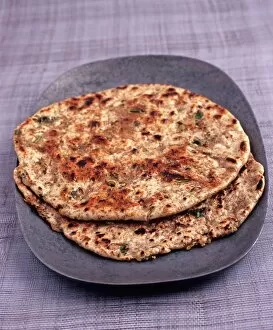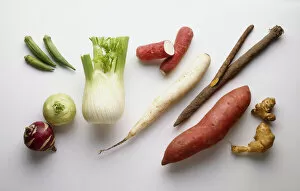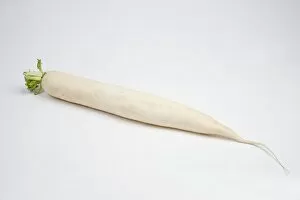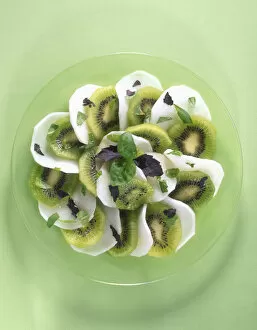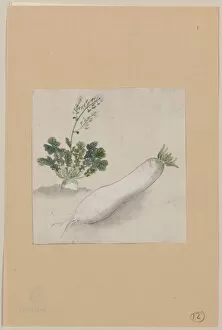Daikon Collection
"Exploring the Rich History and Cultural Significance in Japanese Art" Daikon, a versatile and beloved vegetable, has long been an integral part of Japanese cuisine
All Professionally Made to Order for Quick Shipping
"Exploring the Rich History and Cultural Significance in Japanese Art" Daikon, a versatile and beloved vegetable, has long been an integral part of Japanese cuisine. Its significance transcends time, as depicted in various artworks throughout history. In "Preparing a Meal, Japan, " created by Kitagawa Utamaro around 1798/99, daikon takes center stage alongside other ingredients. The artist captures the meticulous process of meal preparation, showcasing the importance in traditional Japanese cooking. Shinsai's "A Giant Radish (daikon), Chrysanthemums and Ferns" from about 1820 portrays daikon as a symbol of abundance and prosperity. This artwork beautifully combines nature's bounty with delicate floral elements to celebrate the humble radish. Ando Hiroshige's "Mice and radish" from the 1840s adds a touch of whimsy to our understanding of daikon. Through this playful depiction, Hiroshige showcases how even rodents appreciate the irresistible allure of this root vegetable. Moving back further in time to the 14th/15th century Tsakali initiation cards, we witness offerings featuring daikon. These cards highlight not only its culinary value but also its spiritual significance within religious rituals. Utagawa Toyokuni I's portrayal of actor Segawa Senjo as Shirotae demonstrates that even theatrical performances incorporated references to daikon. This suggests that it held cultural significance beyond just being an ingredient on dinner tables. Helen Hyde's "The Daikon and the Baby" from 1903 presents an endearing scene where a baby interacts with this oversized radish. It serves as a reminder that daikons were not only consumed but also used creatively for entertainment purposes. Utamaro returns with his masterpiece "Women Preparing Sashimi" dating back to 1806-20.

